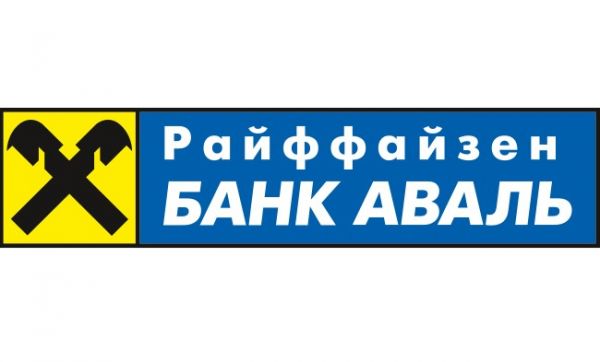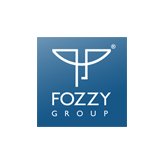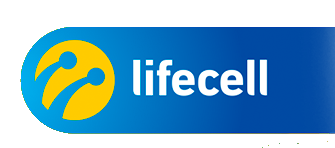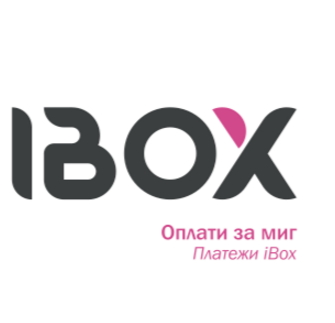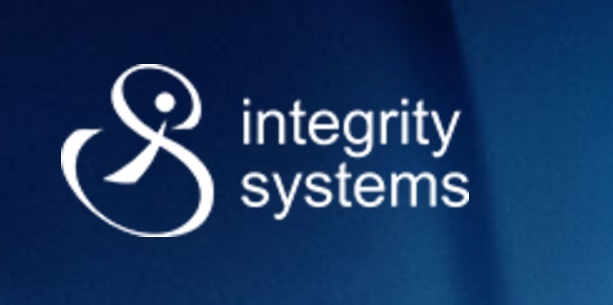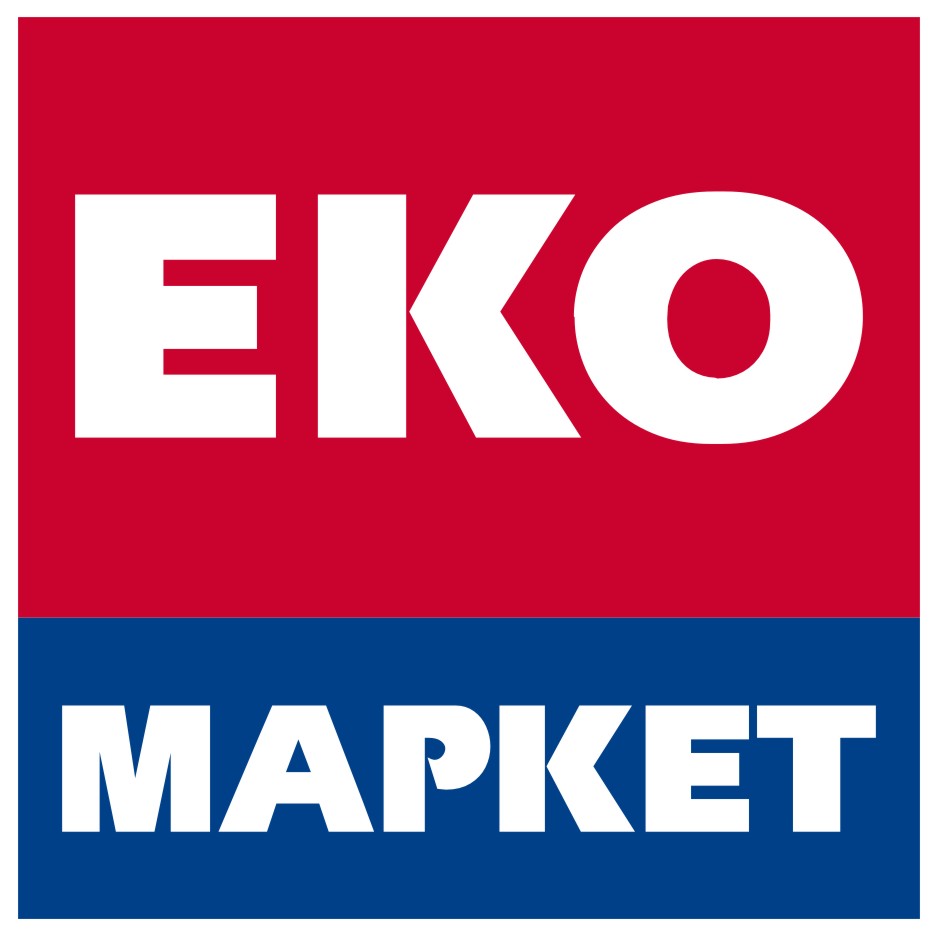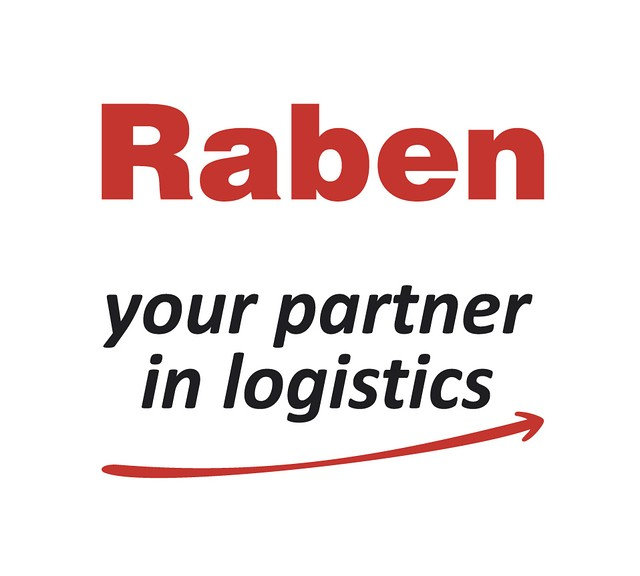NetApp FAS3250 data storage system for Ukrainian bank
Description
Description is not ready yet
Details
Business tasks
Ensure Security and Business Continuity
Centralize management
Manage Risks
Problems
Aging IT infrastructure
No centralized control over IT systems
IT infrastructure does not meet business tasks
Unstructured data
Risk of lost access to data and IT systems




